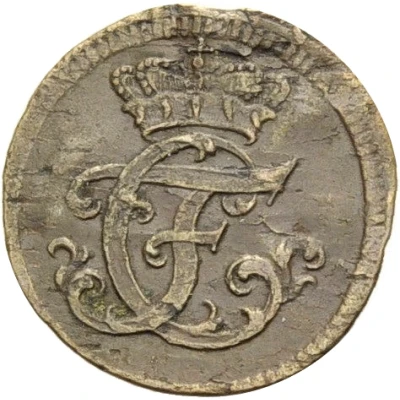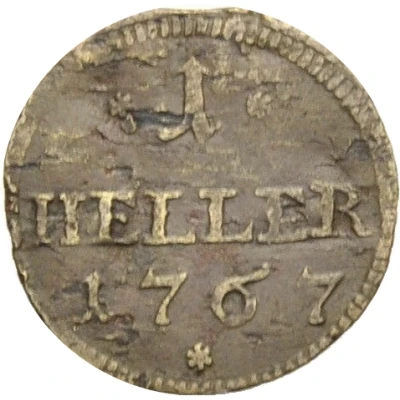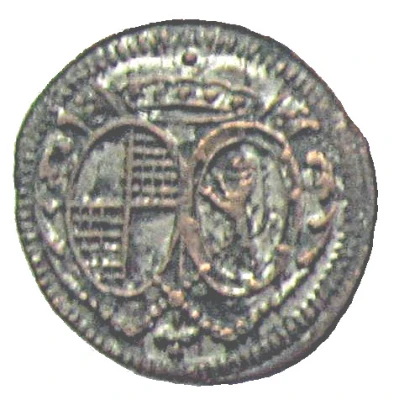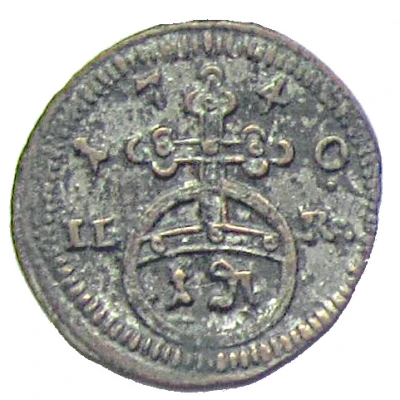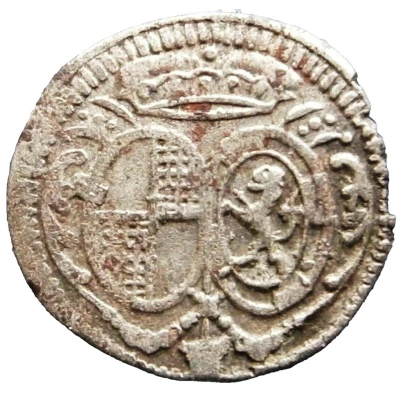
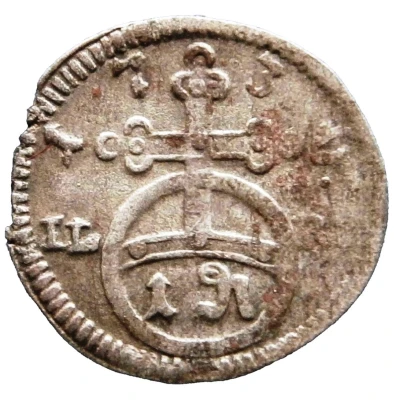

© Olegario
1 Pfennig - George Frederick Charles
| Billon | 0.3 g | - |
| Issuer | Margraviate of Brandenburg-Bayreuth (German States) |
|---|---|
| Margrave | George Frederick Charles (Georg Friedrich Karl) (1726-1735) |
| Type | Standard circulation coin |
| Years | 1727-1734 |
| Value | 1 Pfennig (1⁄288) |
| Currency | Thaler |
| Composition | Billon |
| Weight | 0.3 g |
| Shape | Round |
| Orientation | Medal alignment ↑↑ |
| Demonetized | Yes |
| Updated | 2024-10-04 |
| Numista | N#320077 |
|---|---|
| Rarity index | 95% |
Reverse
Engraver: Johann Lorenz Ruckdeschel (ILR)
Imperial orb with denomination inside, separeting the date on top.
Script: Latin
Lettering:
1730
ILR
1 ₰
Unabridged legend:
Johann Lorenz Ruckdeschel
1 Pfennig
Interesting fact
One interesting fact about the 1 Pfennig coin from the Margraviate of Brandenburg-Bayreuth is that it was made of Billon, a type of alloy that was commonly used in the production of coins during that time period. Billon is a mixture of silver and other metals, such as copper or tin, and was used to create a coin that was both durable and had a lower cost of production compared to pure silver coins. The use of Billon in the production of coins was a common practice in many German states during the 18th century, and this coin is a prime example of that practice.
